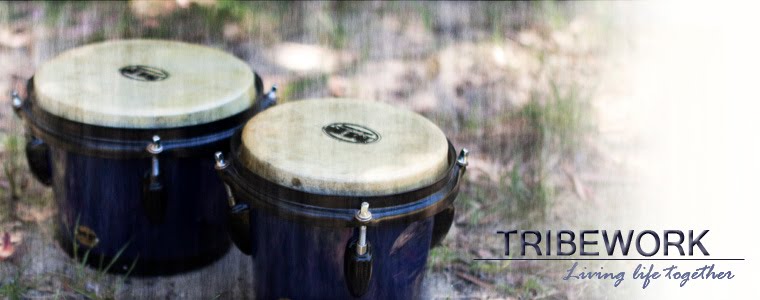A
surprisingly wise pattern has developed in my observations of good versus
not-so-good coupled relationships. Take it from me that I have tested this in
my own life, and have been able to apply it also in counselling situations.
There
are two boundaries that are key determinants in whether a relationship is
healthy or not. It’s not a case of meeting one or the other. Both are required.
And both people in the coupled relationship need to provide this boundary to
the other and respect the other as they themselves enforce the same boundary.
Goad
(verb):
to provoke or annoy (someone)
so as to stimulate an action or reaction.
to provoke or annoy (someone)
so as to stimulate an action or reaction.
This is the twofold, bilateral
boundary: a person is
neither to goad their partner, nor are they to be goaded. This does require
strength-of-person, to hold one’s own in conflict, and indeed to respect the
other, especially when we are upset within ourselves by what they may have
done.
To
neither be goaded nor to goad, we exemplify the character trait of being a safe
person. What this means is we actually qualify to be in a coupled
relationship. If we are not a safe person we ought not be in a coupled relationship.
By a safe person I mean that we are sufficiently humble and self-aware that we’re
lowish on the narcissism scale. Narcissists cannot succeed in coupled
relationships. They are too full of themselves to give to the other.
Let
me prove by way of example what I’m talking about:
There
have been times in my marriage where I have, rightly or wrongly, wanted my own
way. When my wife has sensed that my motivation or reasoning, or some other driver,
is wrong, she will NOT give me my
way. At times this has upset me. But she will not be goaded. She won’t allow me
to push her into a corner. But neither will she goad me.
In
these situations, I am left with a decision. I cannot control my wife, yet
neither does she attempt to control me in response. In effect, she leaves me
with a decision. She requires me to accept her boundary.
Yet
she doesn’t poke away at my boundary. She respects my boundary and doesn’t add
fuel to the fire.
She
leaves me to reflect and to grow in the moment toward acceptance which is
maturity. I’ve been married long enough to my wife to understand that she will
not change, and I praise God for that fact. She will not be manipulated or
coerced, even though I have attempted it at times.
What
my wife’s example shows me is there is a vision for a coupled relationship that
provides for safety—for both
concerned.
What
it also shows me is that the three
precious relational dynamics within a coupled relationship can be
preserved. These three dynamics involve one in each person in the relationship,
together with the dynamic that exists between the two.
When
individuals in a couple neither goad their partner in conflict, nor are they
goaded, there is a sanctity and preservation of each of these three precious
dynamics within the relationship.
This
means that each individual is allowed to be a whole person, and they don’t have
their personhood swallowed up in some dangerous form of co-dependence.










